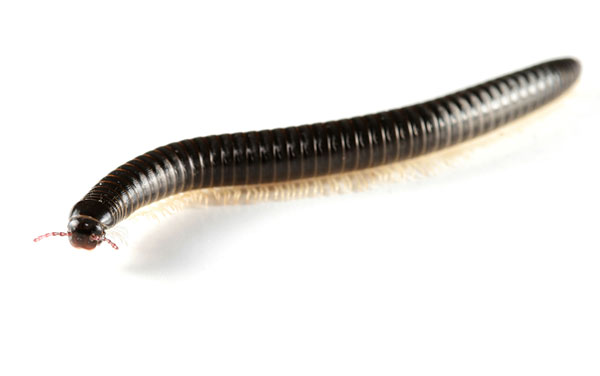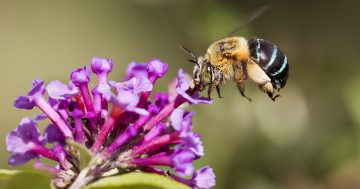
Pretty much everyone who has ever lived in Canberra would at some point have encountered those pesky little black worms that are about 5 to 8 centimetres long, which usually come into the house at night time and curl up into a tight spiral if you disturb them.
Well a while ago I put it to RiotACT to find out once and for all what these little critters were, and here’s a quick run-down of what I learnt.
What they are
They’re actually called Ommatoiulus moreleti, or more commonly known as Portuguese Millipedes.
According to this article on ABC Science, as the name suggests, they’re native to Portugal and were first discovered in large numbers in Australia in 1953 in Port Lincoln, South Australia. It didn’t take long before they were labelled as pests when their numbers quickly grew out of control, with sightings right across southern Australia.
They usually make an appearance in Autumn and Spring, generally being less active during the hotter Summer months when they prefer to hide underground in burrows or cool, moist places. You’ll usually find them living under rocks and logs, in leaf litter, mulched garden beds, under the bark of trees and on ground which is covered in plants.
While they’ve never done any harm at my place, they can be known to invade houses, getting into everything from food, to bedding and clothing, and are also known to destroy fruit and veggie gardens.
Because of a pungent yellow secretion which they use as a defence mechanism, they can also be very smelly and can stain your floors, skin or clothes if they’re squashed. The secretion can also be extremely irritating if it gets rubbed in your eyes.
How to get rid of them
If you want to get rid of them, I found this RiotACT article where people offered the following suggestions which may be helpful:
- Use a pest surface spray suitable for millipedes: While it will most likely kill a bunch of them in their tracks, it may not be as effective on the more resistant ones. If you’re concerned about the possibility of birds ingesting the chemicals second-hand when they eat the millipedes, one reader suggested using a pyrethrum-based surface spray.
- Put up a chemical pesticide control barrier: While it may not be for everyone, a pesticide control barrier which is at least one metre wide is apparently a good way to kill them before they enter the house, however it won’t last forever and will need to be re-applied to remain effective year-round.
- Hire a pest controller: Not the cheapest option, but it could be very effective.
- Eliminate mulch from your garden: If you do manage to get rid them, make sure you don’t have a lot of mulch lying around in the garden, because if you do, it will only be a matter of time before they breed their numbers back up to what they were previously.
- Get a dog: Apparently getting a dog can be a good way to tackle the problem as they may be inclined to eat them! I’m not sure if it’s going to be very good for the dog, but apparently it’s worked in the past!
- Embrace them: While they may not be everyone’s cup of tea, if they’re not causing any significant damage to your home or garden, you can always just choose to ignore them and let nature run its course.





















